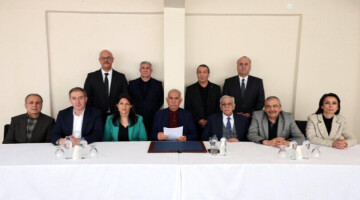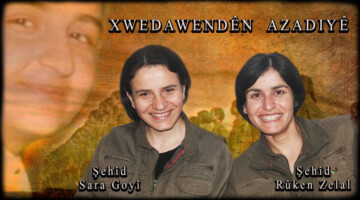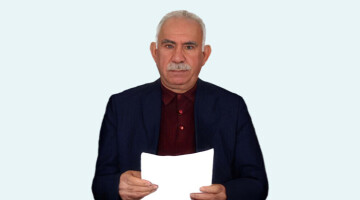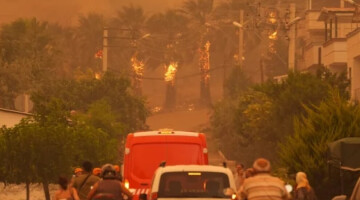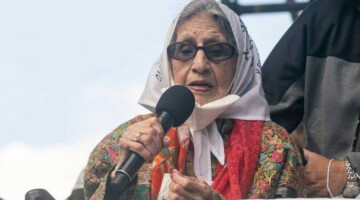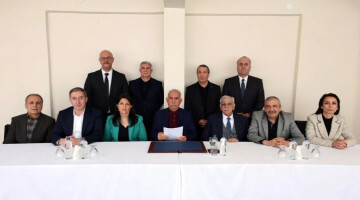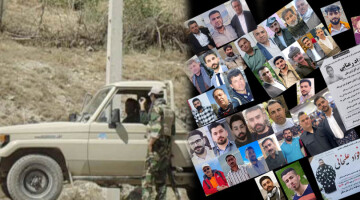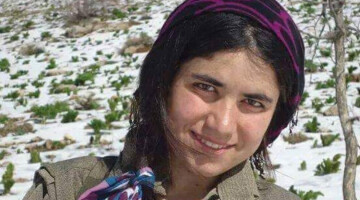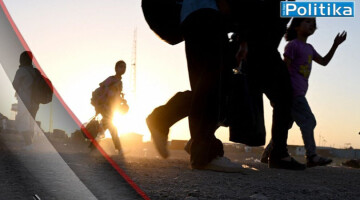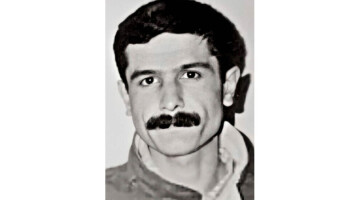Kurdistan Workers’ Party (PKK) Executive Committee Member Murat Karayilan said they have come a long way in creating not just an invincible guerrilla but also the guerrilla for victory, and added without going into detail: “I believe that we will achieve certain results through the implementation of a new revolutionary doctrine that bases the resistance on the whole country and all social groups, not restricted to the mountain, with organization among people and self-defense. I would like to state that our focus on this matter will continue.”
Karayilan spoke to Yeni Özgür Politika on the Turkish army’s strategy for war and goals, and the guerrilla’s style of resistance and action. First part of the interview is as follows:
It can be seen that the guerrilla is engaged in an intense period of actions from the Zagros mountains to Serhad, from Pervari to Bradost. Can you speak about the action style of the period and the actions that stand out?
The Turkish army usually carries out operations every spring, using the advantages they have due to the season and the disadvantages of the guerrilla coming in from the winter. The months of March and April are usually months with casualties for the guerrilla. That is how it was for most years. But this year, the operations in March and April did not bring the Turkish army much results, and the guerrilla had counter-actions. In almost all states, action periods started with the months of March and April, which was very positive. These periods of action continue still, but due to various reasons the tempo could be said to have dropped a little in the summer months. Or rather, it is not at the capacity of development we would wish. Probably with the advantages of the coming seasons, the action tempo of the guerrilla will increase.
Like you said, there have been intense periods of action in many areas. Due to the period, the style of action we foresee is mostly infiltrations-attacks, sabotages, assassinations and ambushes. Looking at the actions since the spring, most all these tactics have been utilized. There have been different actions that have stood out as well. The attacks-infiltrations carried out in the state of Botan have been significant. The ambushes in the state of Zagros, the lifting of weapons in ambushes in the Xakurke region have been actions that stood out greatly. There have been very striking actions in the state of Serhad. Regarding the sabotage tactics, the Gurbulak action was a very significant one. During the oral reports it seemed like an ordinary action, but when the footage arrived it was seen that it was a striking and result producing action. There are many actions like this.
The Turkish state’s current policy on their own losses is a policy of utter censorship. When that is the case, the only media that reports the actions to the public happens to be our own. Still, some Kurdish media does report too. Looking at the way the actions are reported, it feels like Kurdish media doesn’t believe in the qualities of these actions either. They don’t approach the actions as they are exactly. For instance, there would be a very large-scale action, but the reporting would be as if it was an ordinary event. Even our circles approach us with doubt, but when footage from various actions comes in, we watch them and see that there were serious actions that produced results beyond the oral reports.
Under these conditions, at a time when the enemy tears down heaven and earth, attempting to take every inch under surveillance, filling the air and land with cameras, developing such actions is no ordinary feat for sure. When the enemy doesn’t let the media report, or the actions are announced a bit late through oral reports, we can’t be as efficient as we would like in relaying our actions.
We want to achieve a more unique level that is striking and produces results with our actions, rather than the former style of spreading wide. In this sense, there are some actions that are being developed, and the one matter that stands out the most in these actions is that in all infiltrations-attacks against the Turkish army on land, the Turkish soldiers fail to resist, they immediately withdraw - flee, to be exact. There is footage of their flight too. To date, wherever the guerrilla have struck, they have achieved results. Goals have been conquered in short amounts of time. This style becomes a striking aspect in actions. Here it can be seen once again that the Turkish army has greatly lost its power to clash and fight. We’re not saying that they have none left, but it has been greatly reduced. They are trying to fill this void with air forces, intelligence and technology. But the land forces are far from their former performance. They are still able to hold on to some hills, which are mostly uninhabited by any living thing.
There used to be face to face clashes in many areas in the past, but now that is very few and far between. The soldiers don’t pursue the guerrillas, there hasn’t been any instance of that. In the actions the guerrillas carry out, there are some face to face clashes. And sometimes the Turkish army enters a hill they thought was vacant and come across the guerrillas, and then there are clashes. Usually in these instances it becomes apparent that the Turkish army’s will to fight is very weak. Them withdrawing without fighting or dispersing when met with resistance is a concrete situation that can be seen in practice. We are not making the army fighting us out to look weak or powerless, that is the fact of our enemy. It is not the army that is the main fighting force of the Turkish state. As it is known, they fight mostly with JÖH-PÖH (Gendarmerie and Police Special Operations Units) now, so they want to carry out the ground war with mercenaries-paramilitary forces. There are images of these on televisions, they write pieces depicting their heroism, but these mercenaries have no performance in the war. They are forces that flee when they see hardship, and they fight in shadows.
War can’t be carried out with money or material things. War is an act of faith. Waging a war has close ties with faith and ideology. These mercenaries have the material aspect more in the fore front than the ideological stance. That is why, in practice, they are seen to have not a great capacity for war. If they didn’t have constant air support via UAVs, they couldn’t hold on to any positions against the guerrillas. They would fall apart in face of attacks.
Tomorrow: This is a historic period of settling accounts


